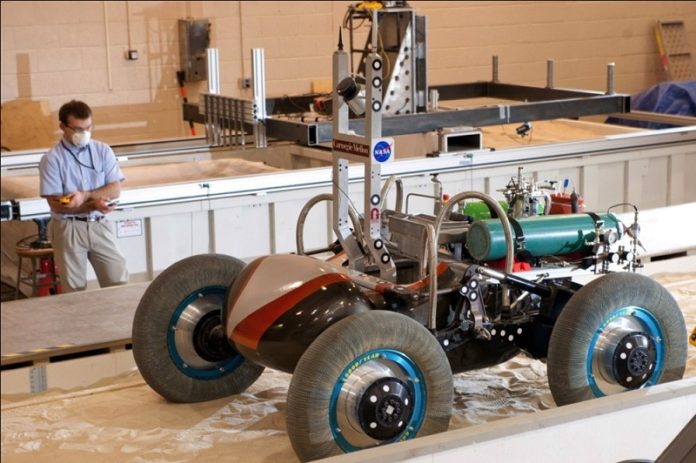
Written by: SushinobiAnonKenobi
The sky was never meant to be the limit for human destiny. Even the most abstract notion of hope incites our eyes to naturally point upward in the direction of the vast expanse beyond the clouds we call “space”. The question of HOW to get there has been contemplated for eons, and our conclusions only launched us so far.
This is largely due to physical parameters such as restricted energy storages in our spacecraft, though the energetic force of our spirits’ passion to go further will always be infinite. It is because of this human drive to reach further and further beyond the sky that NASA was offered 4 suggestions on new and improved methods of storing energy intended for MUCH longer spacecraft missions. The shorter space missions of old utilized batteries, solar panels, and nuclear power generators. Early August of this year, NASA gained some fresh, new ideas from various organizations including NASA Research Centers, federally funded R&D Centers, Universities, Private industries with NASA and US Department of Energy’s Advanced Research Project Agency, and decided this was the best they came up with:
Proposal 1: “SILICON ANODE BASED CELLS FOR HIGH SPECIFIC ENERGY SYSTEMS”
Who? – Amprius Inc., Sunnyvale, CA
How? –In attempt to simplify the concept of silicon anode based cells we must first understand that the materials used for positive and negative charges in a battery can dramatically affect energy storage capacity. For example; Lithium Ion batteries use graphite as the anode, or negative electrode, to conduct electricity but have short battery life, and poor energy density and cycle life. With Silicon as the new anode of choice, this would potentially improve energy density, cycle life, and charge lifespan. However, this proposal intends to use fuel cells instead of batteries. Fuel cells store chemical reactants externally, use hydrogen and oxygen, and are refueled instead of recharged.
Proposal 2: “HIGH ENERGY DENSITY & LONG LIFE LITHIUM SULFUR BATTERIES FOR AEROSPACE APPLICATIONS”
Who? – California Institute of Technology, Pasadena, CA
How? – Lithium Sulfur batteries are an attractive idea because they are light in density (about the same as water), sulfur is cheap, and they conduct 500 Wh/kg versus 150-200 Wh/kg which is the common lithium ion battery. The effectiveness of Lithium Sulfur batteries was demonstrated August 2008 on the longest and highest altitude solar powered airplane flight in history(cite).
Proposal 3: “ADVANCED HIGH ENERGY RECHARGEABLE LITHIUM SULFUR BATTERIES”
Who? –Indiana University, Bloomington, IN
How? –Rechargeable Lithium Sulfur batteries would be ideal during long space travel missions and Indiana University maps out the blueprint for some.
Proposal 4: “GARNET ELECTROLYTE BASED SAFE, LITHIUM SULFUR ENERGY STORAGE”
Who? –University of Maryland, College Park, MD
How? –Garnet is a precious, deep red stone that is glass-like in appearance made of silicate minerals. Electrolytes are a liquid/gel with ions decomposed by electrolysis, like in a battery. University of Maryland suggests inventing a Garnet Electrolyte based safe, I’m assuming to encase the Lithium Sulfur battery in, but not much information was researchable on this proposal.
The selectees received sponsorship from NASA as a reward for their brilliance, consisting of $250,000 over the course of 8 months, $1 million for 1 year of engineering development, and $2 million past the 1 and a half year mark for prototype development. HERE’S TO PROOF that all those years being labeled and harassed as a science-geek will pay-off eventually! Cheers.
____________________________________________________________
Sources:






How about the mechanical flywheel battery NASA cheated Jack Bitterly, his son and backers Ken and Dan Costner out of? US Flywheels made carbon fiber/epoxy flywheels more efficient
than any chemical battery for 100% electric cars. I think the problem is; you could spin it up in no time from any electric generating system, including a family’s solar system, with no need for any petroleum. Even worse for the price of crude than Pogue’s fuel vaporizer.
Also, compact energy storage devices are essential for mobile directed energy weapons like lasers and railguns. The government that has the most efficient compact energy storage device can make the longest range mobile lasers, etc. Bitterly sold his flywheel satellite stableizer to NASA, but it seems NASA stole his basic flywheel patent via fine print.